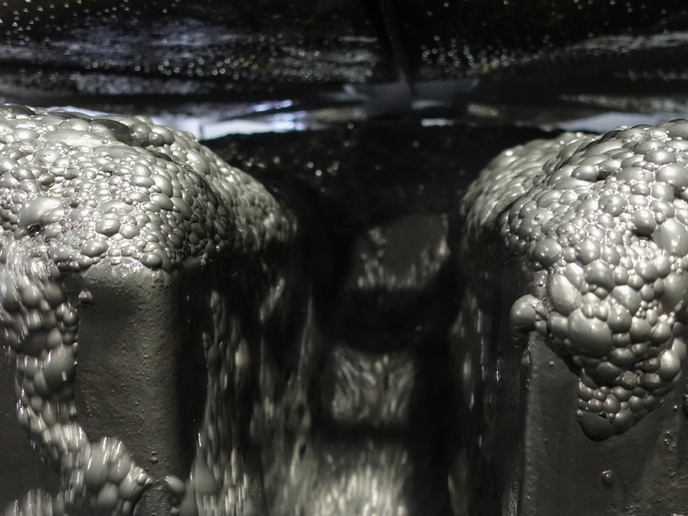Safety, sustainability and security for Europe’s mineral processing industry
CRMs cover all raw materials where they hold high importance to the EU economy and there is high risk associated with their supply. This Results Pack therefore showcases EU-funded projects spearheading research that will improve the processing of these raw materials and enhance its sustainability. The goal of the Critical Raw Materials Act proposed by the European Commission is to secure the EU’s future supply of CRMs required for technologies such as renewable energy and battery power, by supporting the EU’s self-reliance in mining, processing and recycling the 34 listed critical metals and minerals. These technologies play a pivotal role in Europe’s green transition, which is aimed at making Europe the first carbon-neutral continent by 2050, and will help to deliver the European Green Deal.
Focus on EU research
The 12 projects in this pack offer concrete technological solutions for mineral processing resulting from Horizon 2020 funded research and innovation projects, covering a wide range of CRMs. These include rare earth elements, which are necessary for high-tech consumer products like cellular telephones, computer hard drives, electric and hybrid vehicles, and flat screen monitors and televisions. The research also demonstrates how - by implementing technological innovation - these raw materials and side streams may be recovered and reused, instead of being discarded as waste.
Achieving CRM security
Contributing to the circular economy in the construction arena, NEMO has demonstrated the potential for using mine tailings in concrete products, as well as recovering additional metals from sulfidic residues. Aluminium production yields a vast amount of bauxite residue and the RemovAL project converted this into new products, including substrate for road construction and building aggregates. Many rare earth elements are reluctant to be separated from their rock deposits, so optimisation of the extraction model is key. The SecREEts project extracted rare earth elements from phosphate rocks used in fertiliser production. Making use of steel waste streams, CHROMIC removed chromium for use in the high-tech sector. New methods devised by the FineFuture project separate mineral particles as small as 20 µm so that they are not discarded. PLATIRUS has strived to enable the recovery of enough valuable platinum from mining and electronic waste to fill the supply gap up to 30 %, making Europe more competitive. One of the costliest elements on the market is scandium and its supply has been limited to imports from Asia and Russia. The SCALE project aimed to establish a closed supply chain for this valuable metal used in high-intensity lighting and 3D printing applications. CROCODILE produced a first-of-its kind commercial metallurgical system based on advanced hydrometallurgical and electrochemical technologies able to produce cobalt metal from different waste streams such as spent batteries and catalysts. SUSMAGPRO developed and tested industrial-scale technologies for extracting rare earth neodymium from discarded items containing permanent magnets. ION4RAW pioneered a more efficient and eco-friendly way of extracting CRMs like cobalt, germanium and platinum group metals as primary resources. SisAl Pilot replaced carbon-rich materials with secondary aluminium sources such as end-of-life scrap and production side streams in silicon production. TARANTULA aimed to recover refractory metals, tungsten, niobium and tantalum, a group of metallic elements that are highly resistant to heat and wear, from low-grade waste by developing a suite of cost-effective, scalable and eco-friendly metallurgical processes.



